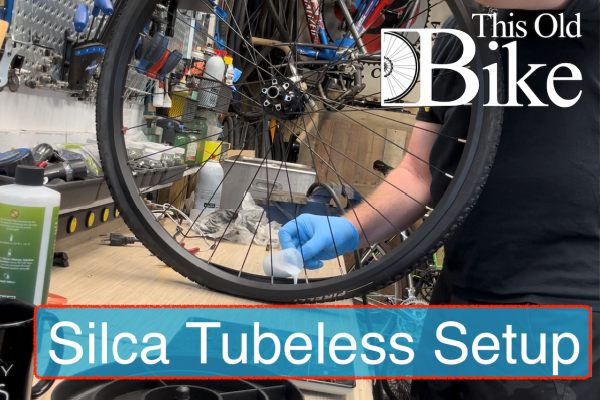
Diet And Weight Loss To Make You Faster
Nutrition and food choices are a key component of weight loss for all endurance athletes, including cyclists. When done correctly, weight loss can have a huge
April 19, 2019 / By Bicycle Colorado

In 2022, Colorado will award an unprecedented $4.0 billion to transportation projects. If our leaders continue the “business as usual” approach of costly road expansions, this once-in-a-generation opportunity will result in people and goods stuck in worsening traffic, alarming increases in greenhouse gas emissions, and more people dying unnecessarily when hit by motorists while walking and biking.

“Recalibrating Transportation: 2030 Roadmap to an Efficient, Equitable, and Safe Future for all Coloradans” establishes our 2030 vision of a transportation system that is efficient, equitable and safe for all Coloradans without needing to rely on a car; a system that preserves Colorado’s environmental health; and a system that provides access to affordable housing, employment and education. We are asking the Colorado Department of Transportation (CDOT) and Denver Regional Council of Governments (DRCOG) to rebalance transportation investments by shifting money from new lane miles to active transportation, transit and safety. That includes:
Moving forward, transportation planning and project selection needs to be recalibrated to meet GHG reduction requirements and ensure transportation investments are expanding sustainable transportation options. We believe these five steps will help bring transportation investments into alignment with community needs while reducing GHG pollution:
“I look forward to working alongside our advocacy partners on constructive and collaborative ways for CDOT and DRCOG to act now to achieve our 2030 vision of a transportation system that is efficient, equitable, and safe for all Coloradans,” says Rachel Hultin, Bicycle Colorado’s Sustainable Transportation Director.

Nutrition and food choices are a key component of weight loss for all endurance athletes, including cyclists. When done correctly, weight loss can have a huge

Photos are rolling from Mt. Blue Sky/Bob Cook Memorial Hill Climb p/b Team Evergreen on that was held this past weekend. The day lived up

Pad Thai is a popular street food in Thailand, which is whipped up quickly and packed full of flavor. It’s one of our favorite post-ride

Tubless Tires: Myth or Magic? Justin Bolinger of I Know a Guy Bicycles “UNBOXES” the Truth about this setup (Should you go Tubeless?) Recent Posts

Last week, Douglas County hosted the Natural Grocers Criterium at their sheriff’s training facility, and the camera of Ryan Muncy/Ryan Muncy Photography was on the scene

When you are looking to refuel at lunchtime, go for carbs and quality protein – this pasta dish is ideal. Cycling takes energy, and energy come